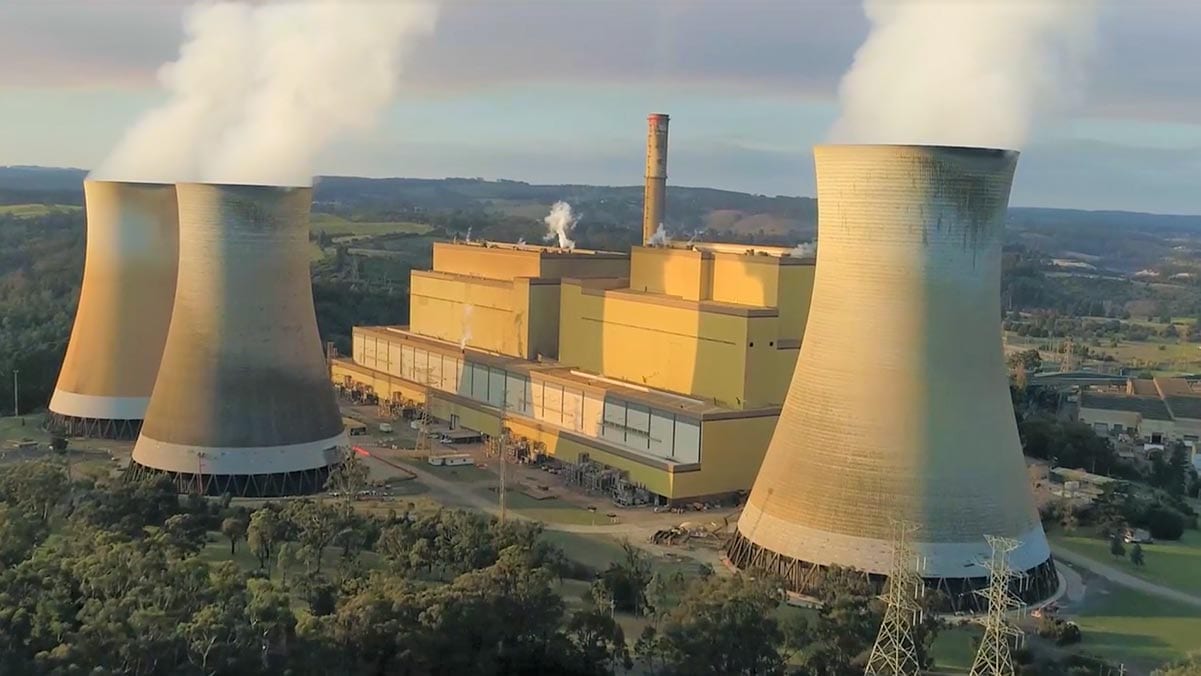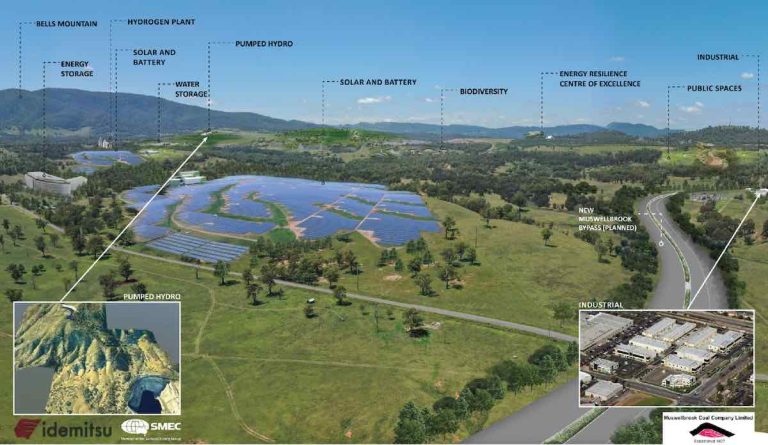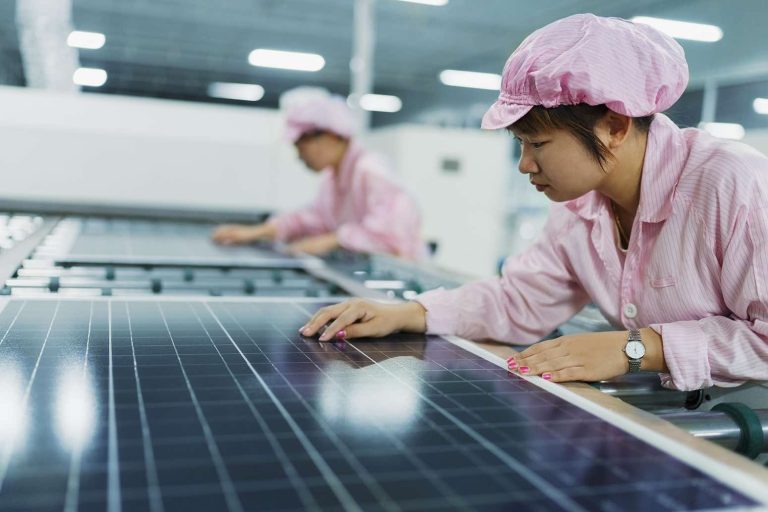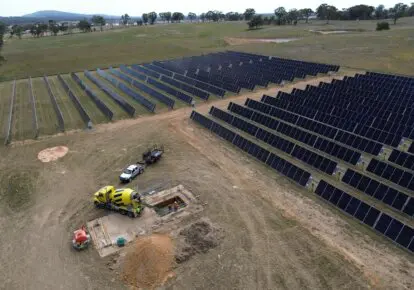Victoria’s Wind and Solar Curtailment Hits Record Levels Amid Coal Generator Failures
This week in Victoria, the need for flexibility within the modern energy grid was starkly highlighted as the state recorded unprecedented levels of wind and solar energy availability. On Thursday, the grid faced significant curtailment before two major coal generator units unexpectedly tripped offline.
Geoff Eldridge, a market analyst from GPE NEMLog, reported that the capacity of large-scale renewable energy sources in Victoria reached an all-time high of 8,964 MW at 11:50 am (AEST) on Thursday. This surge in renewable generation accounted for approximately 83 per cent of the state’s energy demand, with some energy being exported and others stored in batteries. However, a substantial 2,700 MW of this renewable output, roughly 37 per cent of total demand, was curtailed.
Coal Generator Trip and Immediate Response
The curtailment persisted for a few hours until 1:34 pm AEST, when two units at Yallourn, specifically units 3 and 4, tripped simultaneously, removing 594 MW from the grid. Unit 2 at Yallourn was already offline for maintenance. The response to this incident was swift, as the amount of energy being exported dropped sharply, and several large batteries ceased charging, reducing the grid’s draw from around 220 MW to just 20 MW.
In the background, Eldridge noted that the Australian Energy Market Operator (AEMO) activated fast-start gas generation at Jeeralang starting at 1:50 pm to bolster system strength, as there were not enough synchronous generators operational at that time. At that moment, six out of ten coal units in Victoria were offline due to either planned or unplanned maintenance, including two at Loy Yang A and one at Loy Yang B. The current infrastructure still lacks sufficient large batteries with grid-forming inverters and synchronous condensers to provide necessary support.
Record Low Coal and Gas Output
This situation led to coal generation and the combined output of coal and gas reaching record low levels within the Victorian grid. Coal’s share dropped to 16.9 per cent, surpassing the previous low recorded in February of last year, while the combined coal and gas output also fell to 16.9 per cent, down from 21.9 per cent in December.
The curtailment of wind and solar energy also saw a rapid change, with wind generation plummeting from nearly 2 GW to under 1 GW in just 15 minutes as the first responders—exports and batteries—adjusted to the new conditions. The ability of renewables and storage to fill the gap left by coal at such short notice proved crucial.
Importance of System Strength and Flexibility
Eldridge emphasised that the abrupt trip of the coal generators highlights the critical need for system strength. AEMO acknowledges this necessity as it works towards a future where the grid can accommodate 100 per cent renewable energy, even for brief periods. He stated on LinkedIn, “Fast-response plants, synchronous condensers, grid-forming inverters, and targeted network support reduce reliance on directives and enhance resilience to rare events, especially as coal units are retired.”
He further stressed the importance of prioritising flexibility over mere capacity, advocating for demand flexibility, storage, and transfer capabilities to transform high renewable energy availability into a reliable supply throughout the day. “Today’s records and the Yallourn double-trip underline a simple point: as renewable availability grows, system strength sets the operating limit and must be planned for alongside flexibility,” he concluded.






